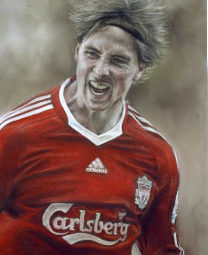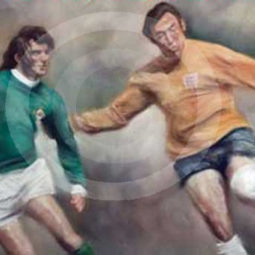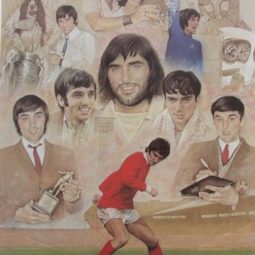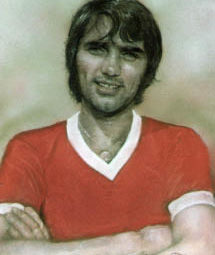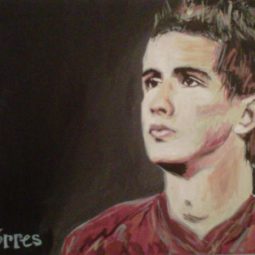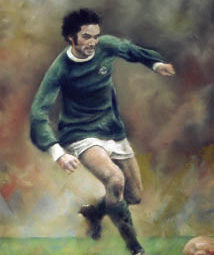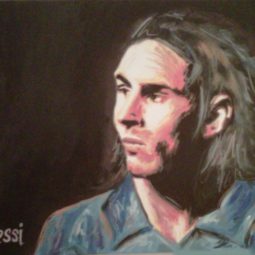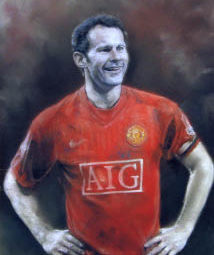Description
Click on Image to view a larger version
Arsenal Stadium, known almost universally by its original name of Highbury, was the Clubês home from 1913 until 2007.
It was Henry Norris who decided to move the Club from The Manor Ground in Plumstead to North London. Norris took over at Woolwich Arsenal while still chairman at Fulham in 1910. His initial plan was to merge Fulham and Woolwich Arsenal, but the proposal was rejected by the Football League.
He was then told by the League that it was a conflict of interests to control both clubs, and so he chose to concentrate his efforts on Woolwich Arsenal ã the first London club to turn professional and the first to be admitted to the League. In 1912/13 though, Woolwich Arsenal, already in desperate financial straits, were relegated from Division One (for the only time in the Clubês history) with a record low of just 18 points and 26 goals.
In a bid to revive the Gunners fortunes, and to increase the supporter base, Norris decided to move the Club. After originally sounding out sites at Battersea and Harringay, he decided on a plot of land in Highbury, the site of the playing fields of St Johnês College of Divinity. Despite local opposition to the move, from residents and other north London football clubs, the deeds were signed early in 1913.
Arsenal paid £20,000 for a 21-year lease on six acres of land and, as part of the deal, agreed not to play at home on Christmas Day or Good Friday. The college remained at the southern end of the stadium until it burnt down at the end of the Second World War. The Club dropped Woolwichê from their name during the season following the move north of the river, but much work had to be done at Highbury before Arsenal could play their first game there.
The new stadium was designed by Archibald Leitch, who also designed stands for Manchester United, Chelsea, Everton, Liverpool, Tottenham and Glasgow Rangers. The pitch was levelled, a new grandstand was partly built, and turnstiles and terracing were installed – all at great expense to Norris (later Sir Henry Norris). The main stand was on the East side, and housed 9,000 spectators.
The first match was a 2-1 victory over Leicester Fosse, on September 6, 1913, with the stadium not entirely complete. When league football resumed after the First World War, Arsenal were a Division One team (they have been ever since) and in 1920 the ground hosted its first ever international fixture. In 1925 the Club paid a further £64,000 to buy the site outright, and the restrictions on playing on Good Friday and Christmas Day were lifted.
The current West Stand was designed by architect Claude Waterlow Ferrier and was opened in December 1932. It was the most advanced grandstand ever seen in England and had seats for 4,000 in addition to standing capacity for 17,000. The two-tier stand cost £50,000 to build. It was in the 1930s that the stadiumês name was changed to Arsenal Stadium, and in October 1936, the art deco style East Stand (which is Grade Two listed) was opened.
This stand housed the offices, playersê facilities and the main entrance (the famous Marble Halls). It cost £130,000 and had seating for 8,000. It is in the Marble Halls that the bronze bust of Herbert Chapman, Arsenalês legendary manager who died in 1934, was positioned, and has remained to this day. In the Second World War Arsenal Stadium was used as a first aid post.
During the war incendiary bombs destroyed the North Bank roof. In 1948 Highbury was used as one of the football venues during the London Olympic Games. In 1951 floodlights were added and in 1956 the North Bank roof was rebuilt. Undersoil heating followed in 1964 and extra seating was installed in the West Stand in 1969.
At the South end of the stadium, the practice pitch was replaced by an indoor training centre. The Clock End stand was redeveloped completely in 1989, to provide room for 48 executive boxes and further office space. In 1991, following the Taylor Report, work began to convert Highbury into an all-seater stadium.
A new, two-tier North Bank stand was opened in 1993, providing seating for 12,000 spectators, and also housing a shop and museum. Other modernisations have followed, including the introduction of two huge screens and electric scoreboards.
In 2006, after an emotional final season for the famous stadium, in which the team sported redcurrent jerseys as a nod to the first Arsenal teams to play there, the gates closed for the final time on Sunday, May 7.
In a fitting send off, Thierry Henry scored a hattrick as Arsenal beat Wigan Athletic 4-2 to secure a UEFA Champions League spot, at the expense of North London rivals Tottenham Hotspur.


